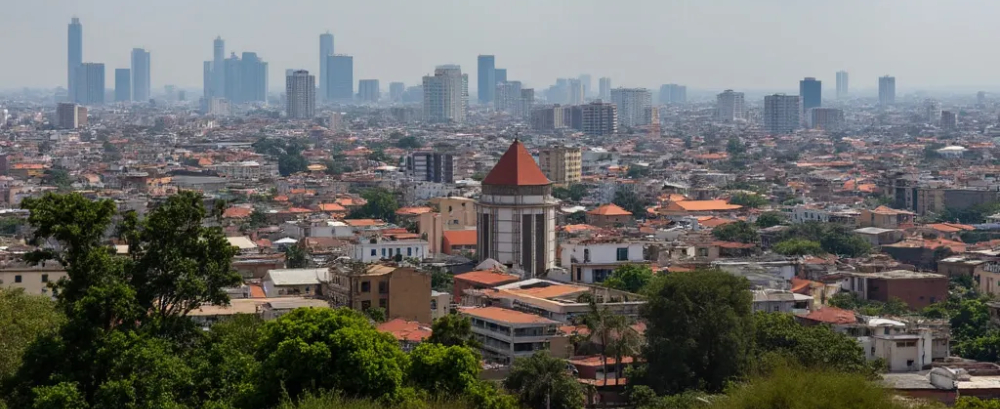
Côte d’Ivoire
April 12, 2025
Burkina Faso
April 12, 2025Togo, a small West African country, is endowed with a variety of mineral resources that contribute to its economy. The mining sector in Togo is primarily focused on phosphates, but the country also has other minerals that hold economic significance. Here’s an overview of the key mineral resources in Togo:
Key Mineral Resources
Phosphates:
Overview: Phosphates are the most important mineral resource in Togo, and the country is one of the largest producers of phosphate rock in Africa. The phosphate deposits are primarily located in the coastal region, particularly around the town of Hahotoé and Kpogamé.
Reserves: Togo’s phosphate reserves are substantial, and the country has been mining phosphate for many decades. The reserves are estimated to be large enough to support long-term production.
Limestone:
Overview: Limestone is another significant mineral resource in Togo. The deposits are mainly located in the southern part of the country, particularly near the town of Tabligbo.
Reserves: The limestone reserves in Togo are considerable and support a thriving cement industry, which is crucial for the country’s infrastructure development.
Marble:
Overview: Togo has marble deposits, especially in the northern regions. Marble is used in construction and as a decorative stone.
Reserves: The marble reserves in Togo are moderate, primarily supporting local construction needs.
Iron Ore:
Overview: Iron ore deposits have been identified in Togo, particularly in the Bassar region in the northern part of the country. While not yet fully exploited, these deposits represent a significant potential for future development.
Reserves: The iron ore reserves are considered promising, with potential for future exploration and mining operations.
Manganese:
Overview: Togo has manganese deposits, particularly in the northern part of the country. Manganese is an important industrial metal used in steel production and other applications.
Reserves: The manganese reserves in Togo are significant but have not been extensively developed.
Gold:
Overview: There are small-scale gold deposits in Togo, particularly in the northern regions. However, gold mining is mostly artisanal and has not developed into a large-scale industry.
Reserves: The gold reserves in Togo are modest, with potential for further exploration.
Clay:
Overview: Clay deposits are found throughout Togo and are used in the local ceramics industry. Clay is an important resource for producing bricks, tiles, and pottery.
Reserves: The clay reserves are adequate to meet local demand, particularly in the construction sector.
Investment and Extraction Situation
Phosphate Mining: The phosphate mining industry is the backbone of Togo’s mineral sector. The country has been a significant player in the global phosphate market, exporting large quantities to international markets. The government has been focused on maintaining and expanding this sector, attracting foreign investment, and modernizing extraction and processing techniques.
Potential for Other Minerals: While phosphates dominate the mining landscape, Togo has the potential to develop other mineral resources such as limestone, iron ore, manganese, and marble. These resources are currently underexplored and underexploited, but they represent opportunities for future investment and development.
Artisanal and Small-Scale Mining: Artisanal mining, particularly for gold and clay, is widespread in Togo. This sector is crucial for local economies but faces challenges such as lack of formalization, environmental degradation, and safety concerns. The government is working to regulate and formalize these activities to improve sustainability and productivity.
Environmental and Social Impact: Mining activities in Togo, especially large-scale phosphate mining, have raised concerns about environmental degradation, including land degradation, water pollution, and the displacement of communities. The government and international organizations are focusing on promoting sustainable mining practices to mitigate these impacts.


